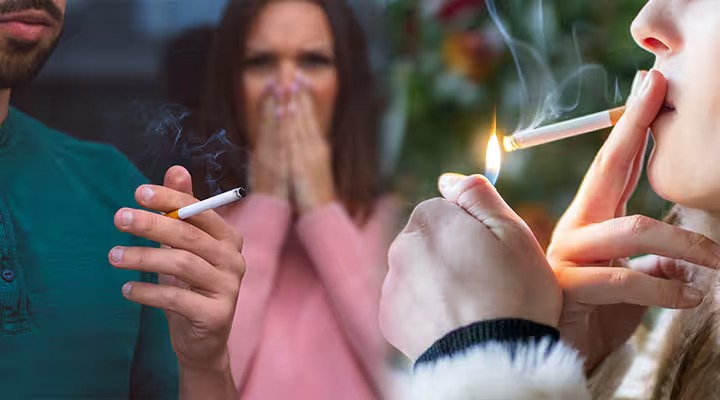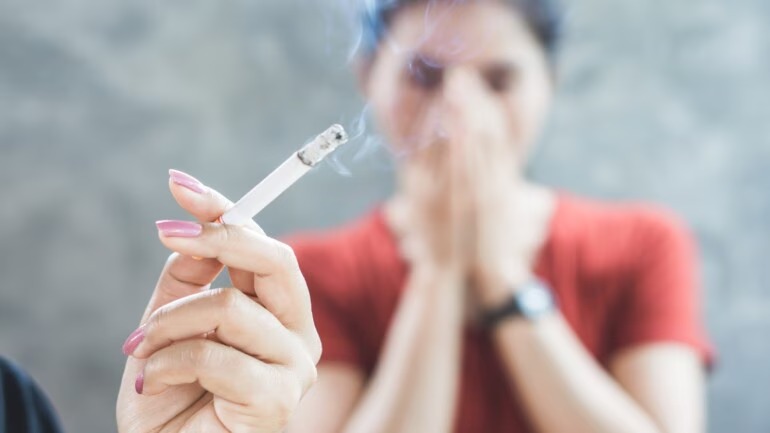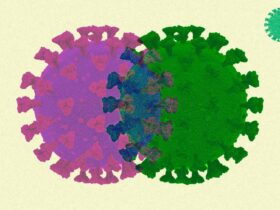United States: Recent research indicates that even a little bit of secondhand smoke has the potential to directly increase the chance of the onset of atrial fibrillation (A-Fib).
More about A-Fib
The prevalence of stroke in A-Fib, a disorder of the most common heart rhythm, paces all strokes in isolated cases by a factor more than five times as high compared to healthy peers.
As per the researchers from the European Society of Cardiology in a news release the a, the association between heart disease and early death is clearly identified through passive smoking, whereas the link between second-hand smoke and A-Fib has not yet been very clear.
Dr. Kyung-Yeon Lee, a recent study author from Seoul National University Hospital in South Korea, stated, “The dangers of secondhand smoke were significant regardless of whether individuals were at home, outdoors or at work, indicating that exposure universally elevates the risk of atrial fibrillation,” as US News reported.

Know about the study
The study involved more than 400,000 people between the ages of 40 and 69 who were participants in the UK Biobank, one of the largest biomedical and research databases in the UK.
Those who currently smoked and those who had A-Fib even prior to the study were excluded.
The participants were interviewed with respect to their exposure to secondhand smoke at home and in other places over the period of one year.
1 in 5 (86,000) of the respondents vouched that within that given timeframe, they had inhaled tobacco smoke for an average of 2.2 hours.
Ultimately, 6 percent of the participants came down with A-Fib during a median follow-up of 12.5 years.
According to the US News reports, the factors that were taken under consideration were age, sex, ethnicity, economic status, weight, exercise levels, alcohol use, as well as diabetes, high blood pressure, and high cholesterol. Therefore, the researchers suggested that the participants who had experienced secondhand smoke exposure had a 6 percent higher risk for A-Fib.
So, scientists also revealed that with an increment in exposure, the risk for A-Fib would also increase proportionally. It is as compared to those with no secondhand smoke exposure. Those who had a 7.8 hours-a-week exposure were seen to be at 11 percent higher risk of A-Fib.
Lee said, “Once exposed to secondhand smoke, the likelihood of developing atrial fibrillation begins to increase, with the risk escalating significantly as the exposure time lengthens,” and, “The finding that passive smoking is harmful not only in enclosed spaces but also outdoor environments underscores the importance of smoking bans to protect public health.”
Also, Lee also maintained that everyone must not be spending time in those areas where smoking is often done by other people.






